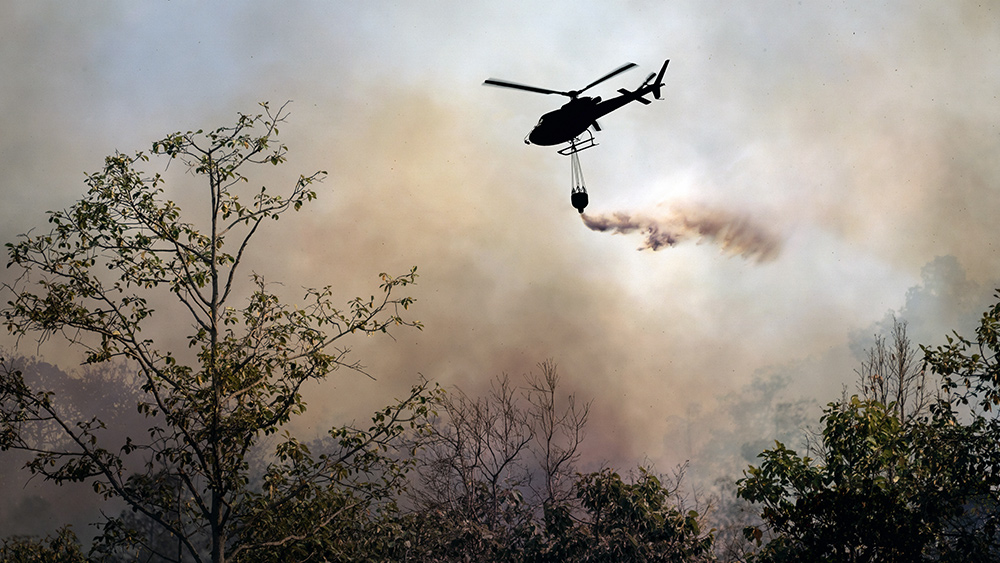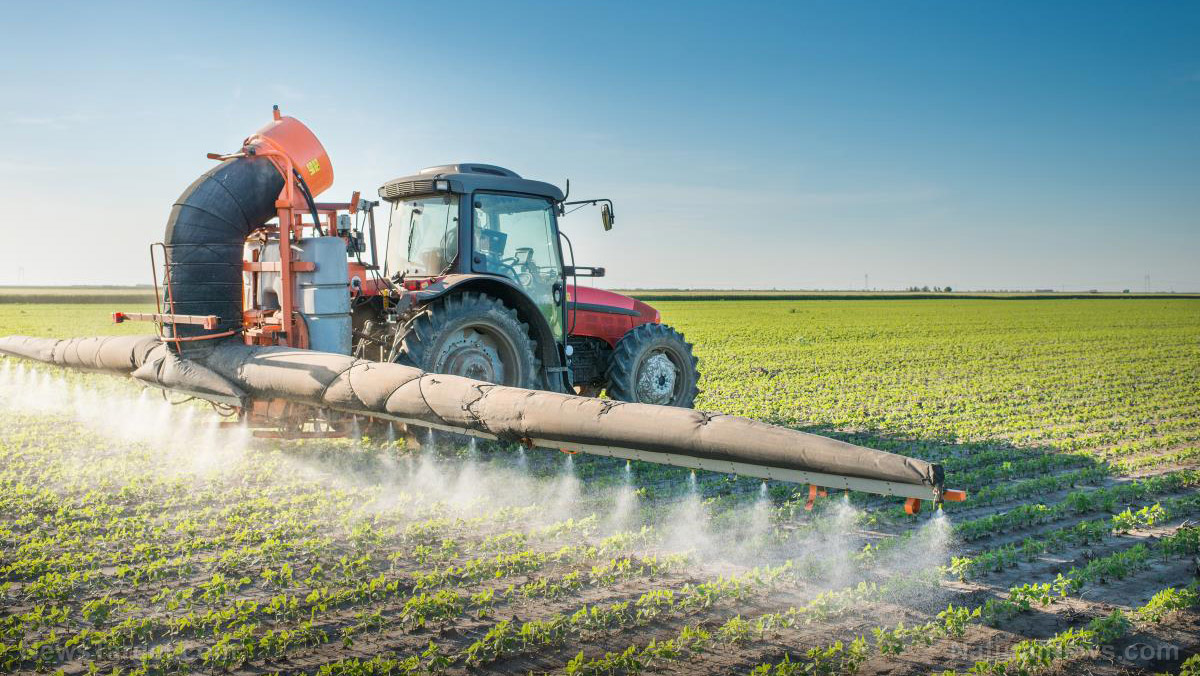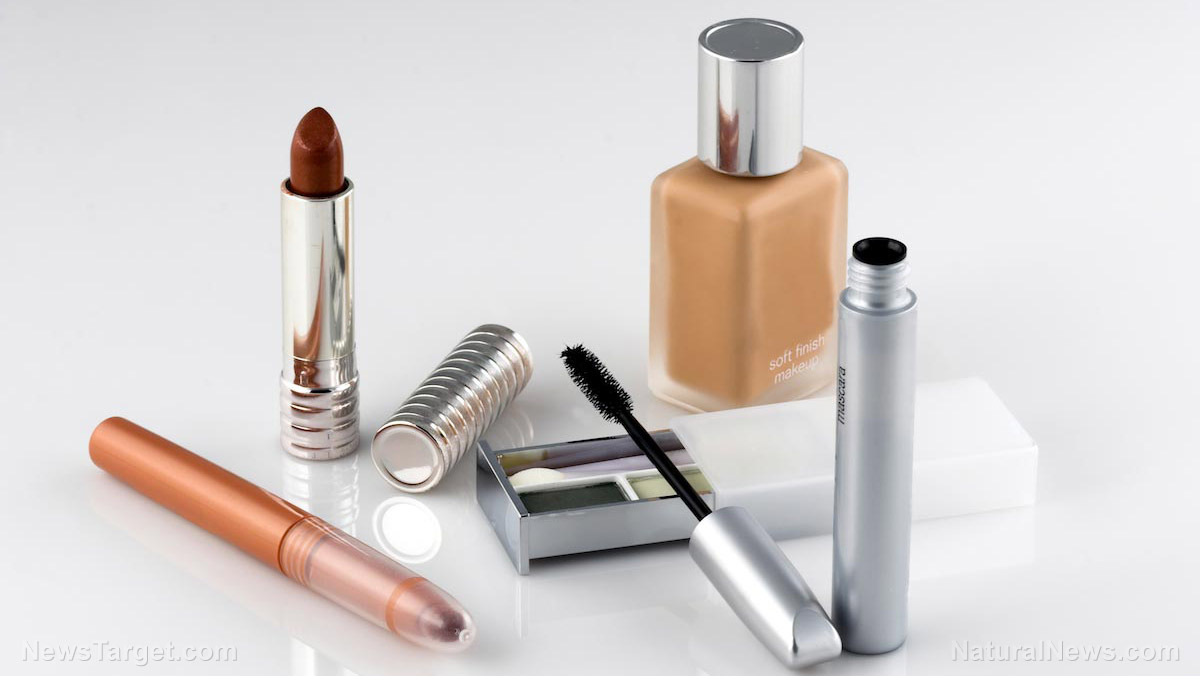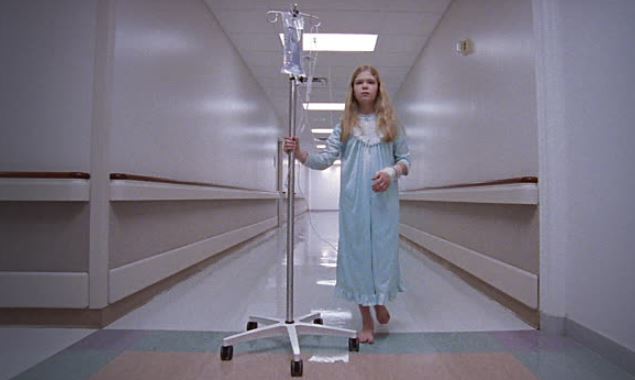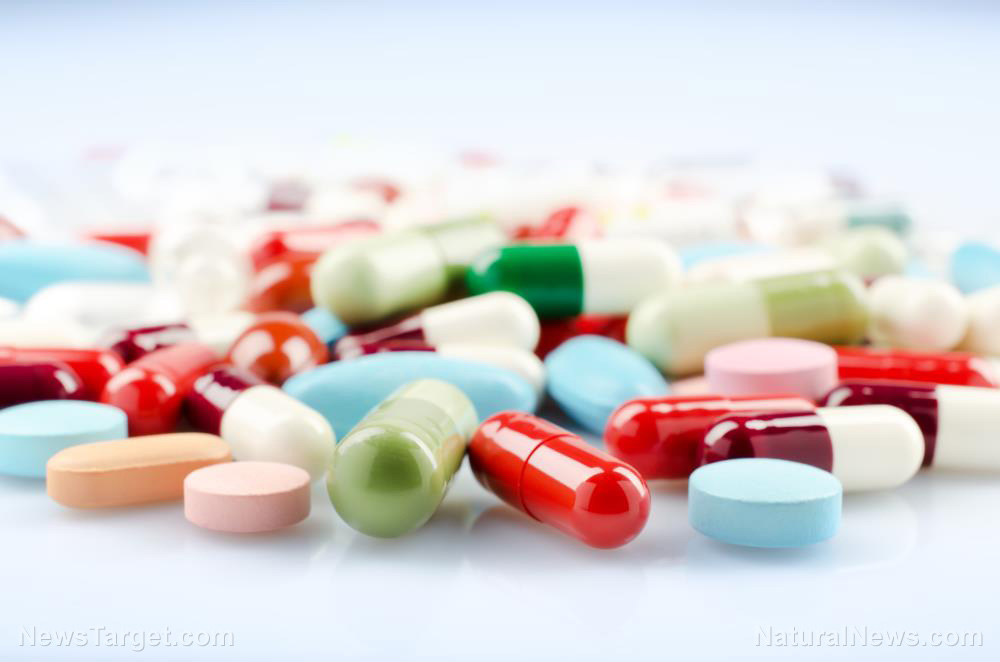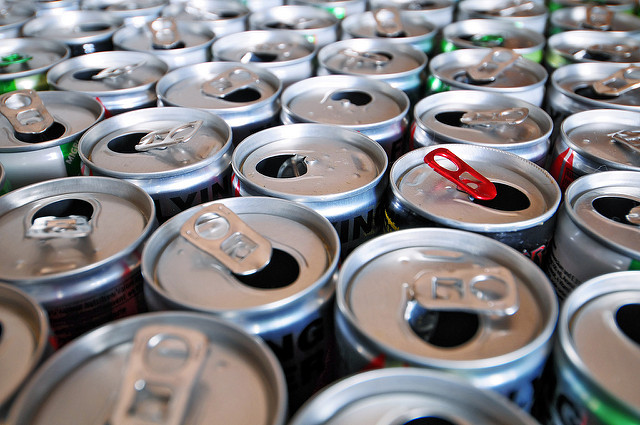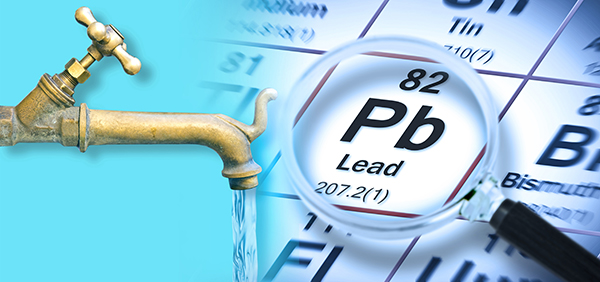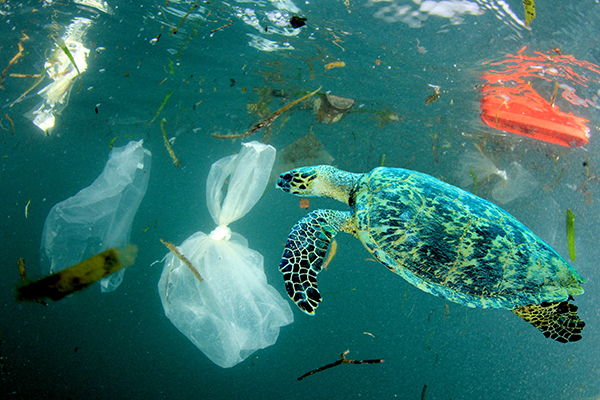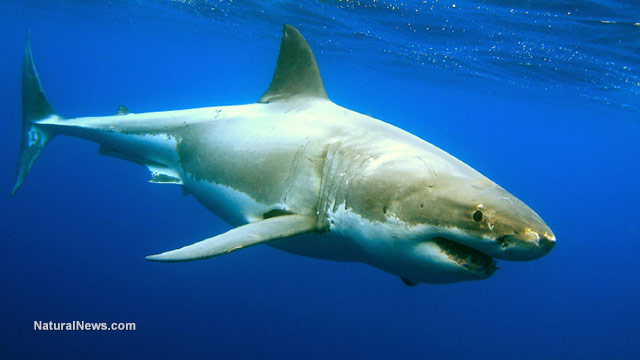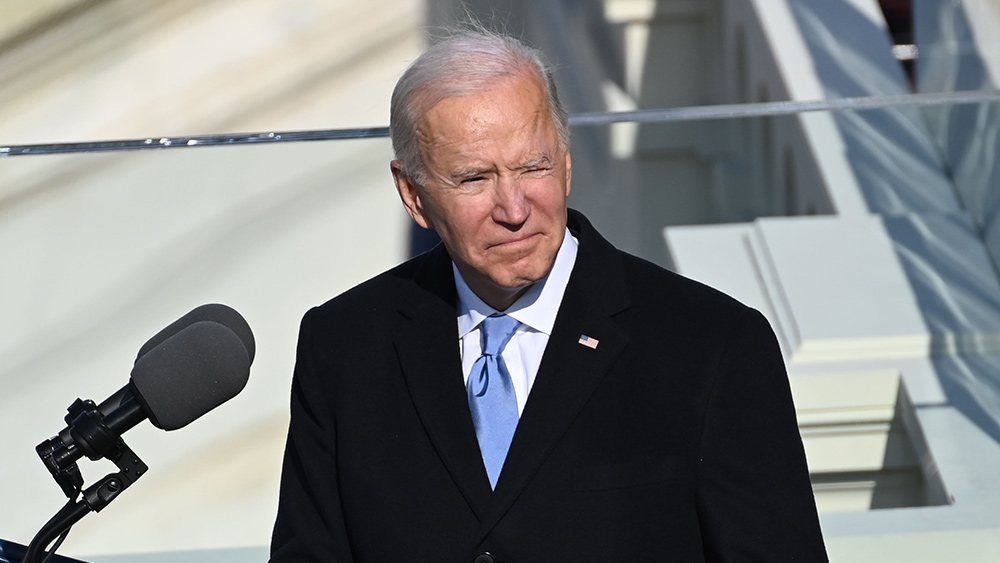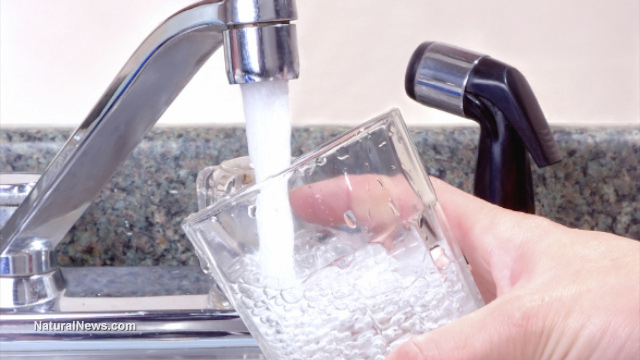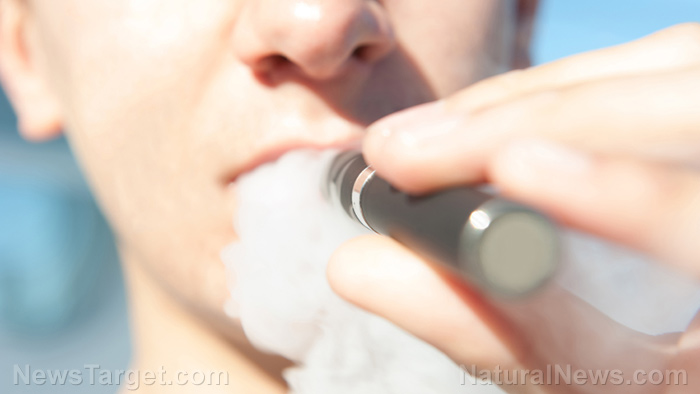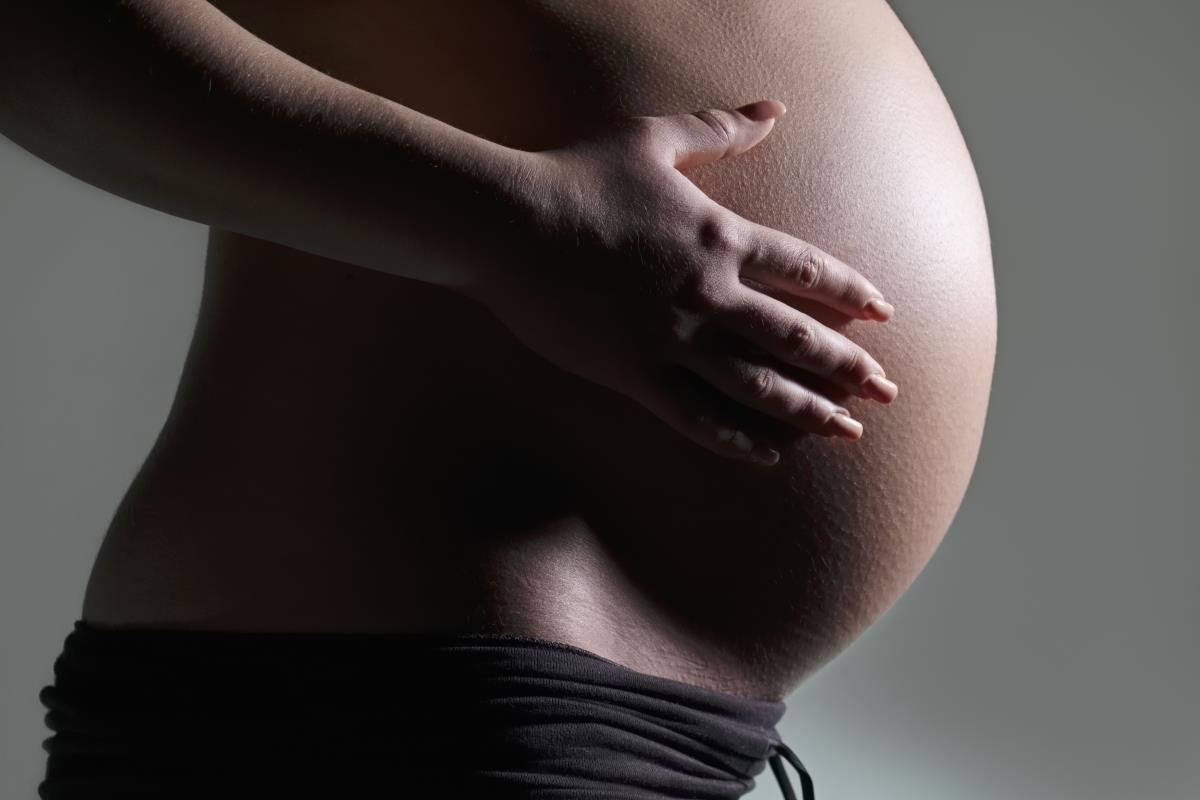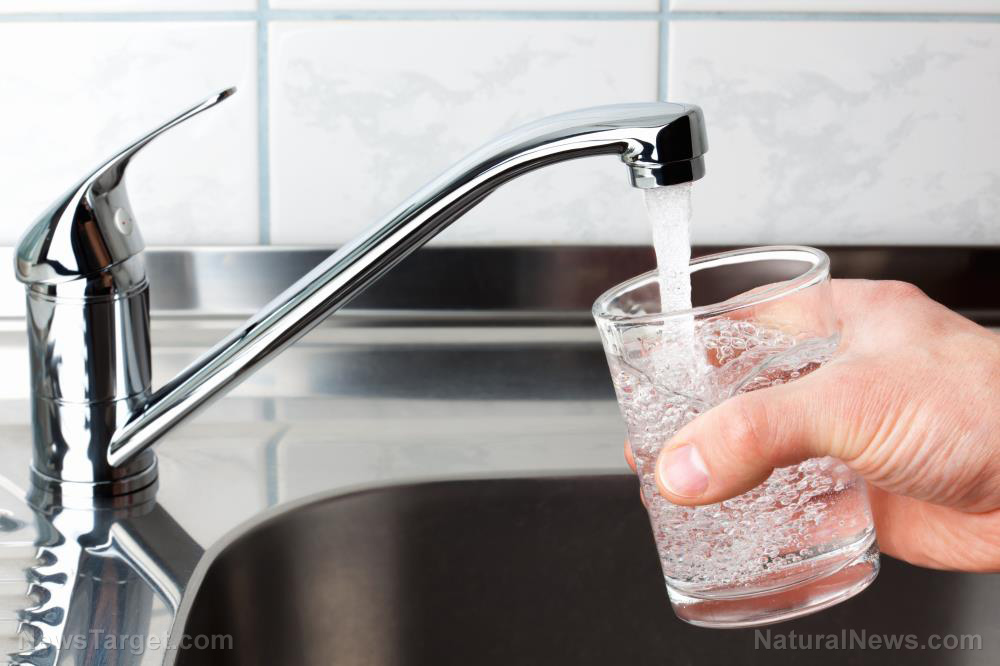Maui water is now UNSAFE to drink even with filters, warn county authorities
08/21/2023 / By Ethan Huff
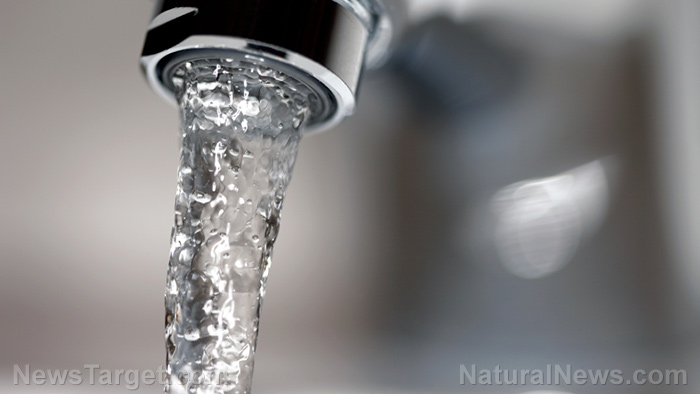
Maui County, Hawaii, is warning local residents that they should not drink tap water, because there is currently no “way to make it safe” even with filters following the Lahaina fires.
Residents of both Lahaina and Upper Kula are being urged to drink only bottled water from elsewhere because deadly chemicals are lurking in the water, just like they so often do after wildfire events in California and other such places.
“It’s alarming that it may be in the water system for a while,” said Anne Rillero, who along with her husband Arnie have decided to eat frozen pizza off of paper plates for the time being to avoid exposure.
Rillero, a retired conservation communication specialist who has lived on the island of Maui for 22 years, would normally not have to worry about toxic water. But because of the fires, this is a whole new problem for residents of Maui.
(Related: It seems like the Maui fires were an intentional act of terrorism rather than a natural weather phenomenon.)
After a major wildfire, urban water supplies remain TOXIC for a long while
The government of Hawaii says Brita home water filtration devices are inadequate to purify the toxic water, as are common filters attached to refrigerators and sinks. Even whole-house water systems are unlikely to address the “extreme contamination” that occurs to water systems after a local fire.
“They will remove some of it, but levels that will be acutely and immediately toxic will get through,” commented Andrew Whelton, a Purdue University researcher and expert in water contamination following a wildfire in an urban area.
The Maui fires damaged hundreds of drinking water pipes throughout the city, resulting in a massive pressure loss that allows toxic chemicals, along with metals and bacteria, to seep into water lines.
“You can pull in contaminated or dirty water from the outside, even when those lines are underground,” added David Cwiertny, a civil and environmental engineering professor at the University of Iowa.
Aerial imagery and damage assessment data generated by Vexcel Data shows that about 460 buildings in Lahaina remain undamaged. Each of these structures will see residents return, hence the government warnings to them to avoid drinking the water for the time being.
Local residents are instead encouraged to use bottled water for all their needs, or to fill their own jugs at special tankers called water buffalos, which have been brought in to the hardest-hit areas to help residents stay hydrated.
The Hawaii state health department has ordered Maui County, which operates water delivery systems for most of the island’s residents, to commence testing of the water for 23 different chemicals. Keep in mind that there are many more potentially deadly chemicals lurking in the tainted water – these are just the ones for which the federal government has established drinking water contamination limits.
Back in 2018 in California, those affected by the infamous Camp Fire received similar messages from four separate government agencies warning them that their drinking water was contaminated.
Up until just a few years ago, it was generally believed that the only water contamination following a wildfire occurred right at the source, such as in a spot where ash runs into a river or reservoir used for drinking.
The 2017 Tubbs Fire in California, followed by the Camp Fire a year later, “are the first known wildfires where widespread drinking water chemical contamination was discovered in the water distribution network,” reads a recent study published by researchers at the American Water Works Association.
The latest news about the Maui fires and other natural disasters striking America can be found at Disaster.news.
Sources for this article include:
Submit a correction >>
Tagged Under:
big government, chaos, chemicals, clean water, Collapse, Dangerous, disaster, Ecology, environment, fires, Hawaii, Lahaina, Maui, national security, panic, SHTF, tap water, toxins, Upper Kula, water filters, water purifer, water supply
This article may contain statements that reflect the opinion of the author
RECENT NEWS & ARTICLES
Chemicals.News is a fact-based public education website published by Chemicals News Features, LLC.
All content copyright © 2018 by Chemicals News Features, LLC.
Contact Us with Tips or Corrections
All trademarks, registered trademarks and servicemarks mentioned on this site are the property of their respective owners.

